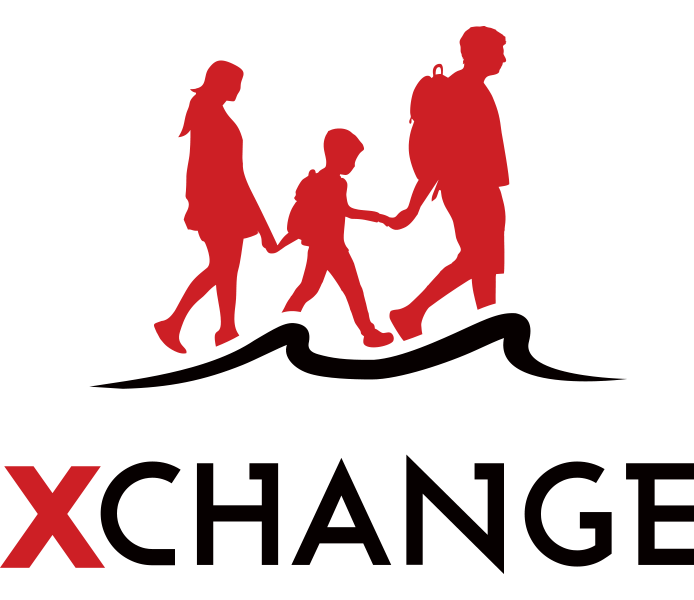Rohingya girls face a life of limited opportunities, even in the refugee camps, a charity report finds
The ‘Adolescent Girls in Crisis: Voices of the Rohingya’ report by Plan International, wanted to understand the perspectives and quality of life of refugee girls between the ages of 10 and 19.
Through 300 interviews, the report identified issues surrounding food security, access to water and healthcare, and the conditions of the camps. Most alarming of the findings, were concerns raised about Rohingya girls’ freedoms and opportunities.
The report echoes Xchange’s findings in its Snapshot Survey released earlier this year, which also uncovered that adolescent girls are severely restricted in their movement, with older girls often confined to their households by their families, occupied by household tasks. This move is as much a reflection of established culture as it is recognition of the chaotic and insecure conditions of life in the camps. A girl of 14 told the Plan International survey,
I want to be educated but cannot. This is the biggest interruption/barrier in my life. I have a desire to establish myself by studying.’
Education was in high demand, with girls across all ages expressing frustration over their lack of access to ways to improve their prospects and greater empowerment. According to the findings, only 28% said they were in some form of education. According to the report’s findings,
A number of factors limit access to education. They include a lack of opportunities to learn, few female teachers, language issues, security concerns, care responsibilities and household duties, negative attitudes towards girls’ education and, in particular, limited freedom of movement.
The charity calls on the international aid community and governments to address the lack of opportunities open to Rohingya refugee girls but also for better understanding of the cultural aspects impacting on their lives.
Orla Murphy, Plan International’s Bangladesh Country Director said,
Many of them have witnessed horrific violence and are in urgent need of assistance, but they cannot access any of the services on offer to help them cope with what they’ve been through. Instead, they spend almost every hour of every day inside their sweltering tents, where the only activities they have to keep themselves occupied are cooking and cleaning. They long to go to school, to go outside, to make new friends, and to rebuild their lives, but none of these things are possible for them under the current conditions in which they live.
Sources:
Adolescent Girls in crisis: Voices of the Rohingya Summary Report; Plan International;
https://mediabank.plan-international.org/pages/view.php?ref=144832&k=bf3328530a&search=&offset=0&order_by=relevance&sort=DESC&archive=0)
Adolescent Girls in crisis: Voices of the Rohingya; Plan International; https://mediabank.plan-international.org/pages/view.php?ref=144832&k=bf3328530a&search=&offset=0&order_by=relevance&sort=DESC&archive=0)
Rohingya girls face ‘prison-like’ conditions in refugee camps; CNN; https://edition.cnn.com/2018/06/20/asia/rohingya-girls-bangladesh-intl/index.html)
Snapshort Survey; Xchange Foundation; http://xchange.org/snapshot-survey/



